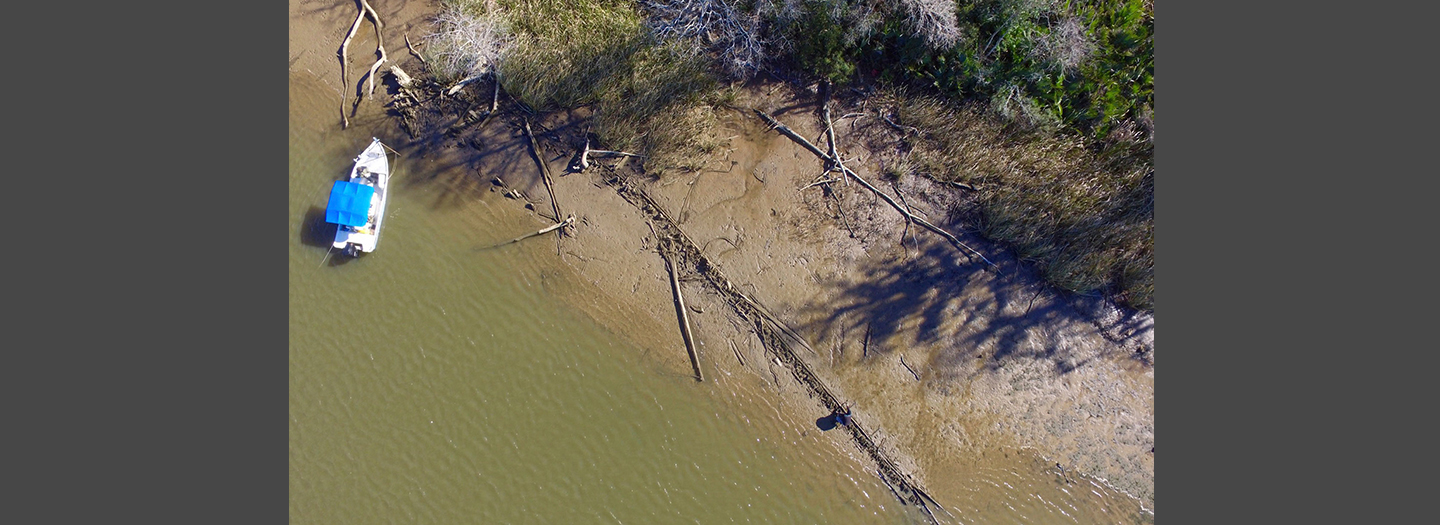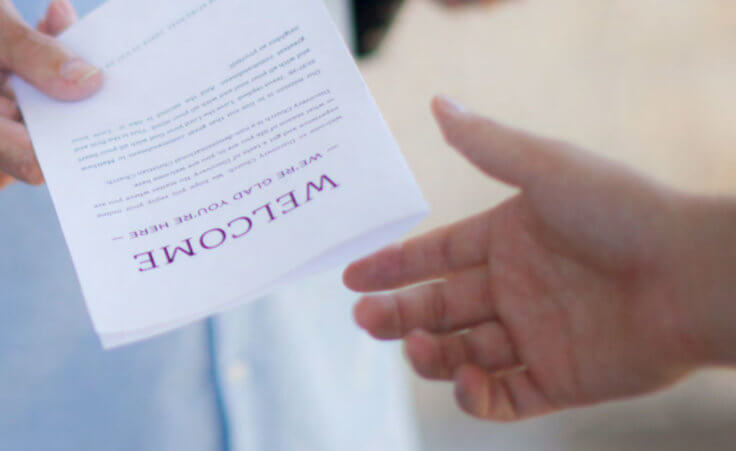
I am writing today about one of the most heartbreaking but redemptive stories I have ever read.
Slavery was legal in the United States until Congress passed the Thirteenth Amendment in 1865. However, in 1808, the US outlawed the importation of slaves into this country.
In 1859, a wealthy Southern plantation and shipyard owner named Timothy Meaher made a $100,000 bet. His wager: that he could successfully deliver an illegal shipload of slaves into the harbor of Mobile, Alabama.
To win the bet, Meaher spent another $50,000 to construct a slave ship that did not look like other slave ships. Named the Clotilda, it was designed to be sleek and fast, with two masts and a length of eighty-six feet and a beam of twenty-three feet. Its hull was built to hold one hundred slaves.
Meaher hired Captain William Foster, known to be the best sailboat captain on the Gulf Coast. In 1860, Foster set out for Africa to bring back a load of illegal slaves.
On the African west coast, the Dahomey tribe was engaged in war with the Tarkbar tribe. The Dahomey tribe captured the Tarkbar tribe, then sold 110 of its members to Captain Foster for $100 each. Though the Clotilda was designed to transport one hundred people, the captain assumed that 10 percent of the slaves would not survive the voyage.
However, they all did. Their ages ranged from five to twenty-three.
“This is the proof that we needed”
On the night of July 8, 1860, the Clotilda began its entrance into Mobile Bay. Federal authorities had learned of the shipment and were waiting for them, so Foster offloaded the slaves onto a riverboat and sent them ashore.
To destroy the evidence, he set fire to the Clotilda and sank it in the middle of the Mobile Bay. Though the US government investigated the crime, the loss of the ship and its manifest meant that Timothy Meaher and Captain Foster were never convicted.
The story of America’s last slave ship was passed down from the slaves it transported to their descendants, but no proof of the ship existed. Then an environmental reporter named Ben Raines began searching for its remains.
Using abnormally low tides, this week he found a submerged wreck. It lies where Captain Foster said he sunk the ship, its construction matches the time period, and it appears to have been burnt. More work remains to determine conclusively the identity of the vessel, but a leading historian calls the evidence “very compelling.”
A great-great-granddaughter of one of the slaves transported on the Clotilda was grateful for the discovery. “This is the proof that we needed,” she said. “I am elated because so many people said that it didn’t really happen that way, that we made the story up.”
“For him it is sin”
Learning about the Clotilda has grieved me deeply. Slavery is horrific in any context. And to think that 110 humans were enslaved because of one man’s bet is sickening beyond description.
But the guilt doesn’t end with Timothy Meaher and Captain Foster.
Who made the bet with Meaher? Who heard the bet but didn’t tell authorities? Who helped build the slave ship? Who helped Foster sail it to Africa and back? Who knew the story of the illegal slaves on Meaher’s plantation but didn’t intervene?
God’s word is clear: “Whoever knows the right thing to do and fails to do it, for him it is sin” (James 4:17).
You and I cannot help the victims enslaved on the Clotilda. But what about the forty million people enslaved around the world today, ten million of whom are children? What about the 1.5 million victims of human trafficking in the US, 50 percent of whom are children?
I live in Dallas, Texas. By 2030, our county’s population is expected to reach 3.5 million, one-third of whom will be illiterate. Thirty percent of Dallas children live in poverty; 24 percent live with food insecurity. There are more than 3,700 homeless people living in our community.
I cannot meet every need, but the people I cannot help should not keep me from those I can.
A flashlight in a dark room
The Clotilda tragedy has a remarkable ending. Its victims enslaved on Meaher’s plantation were emancipated in 1865. They joined other former slaves and began returning to the place where they were originally unloaded.
The next year, they founded Africatown as the first town in America to be built by African slaves with laws designed to resemble the laws of an African tribe. They established what became the oldest public school to be accredited in Mobile County. The town produced baseball greats Billy Williams and Hank Aaron. Their community was listed on the National Register of Historic Places in 2012.
Jesus called Christians “the light of the world” (Matthew 5:14). If we’re holding the only flashlight in a dark room, the darkness is either our fault or our opportunity.
Which will be true for you today?












